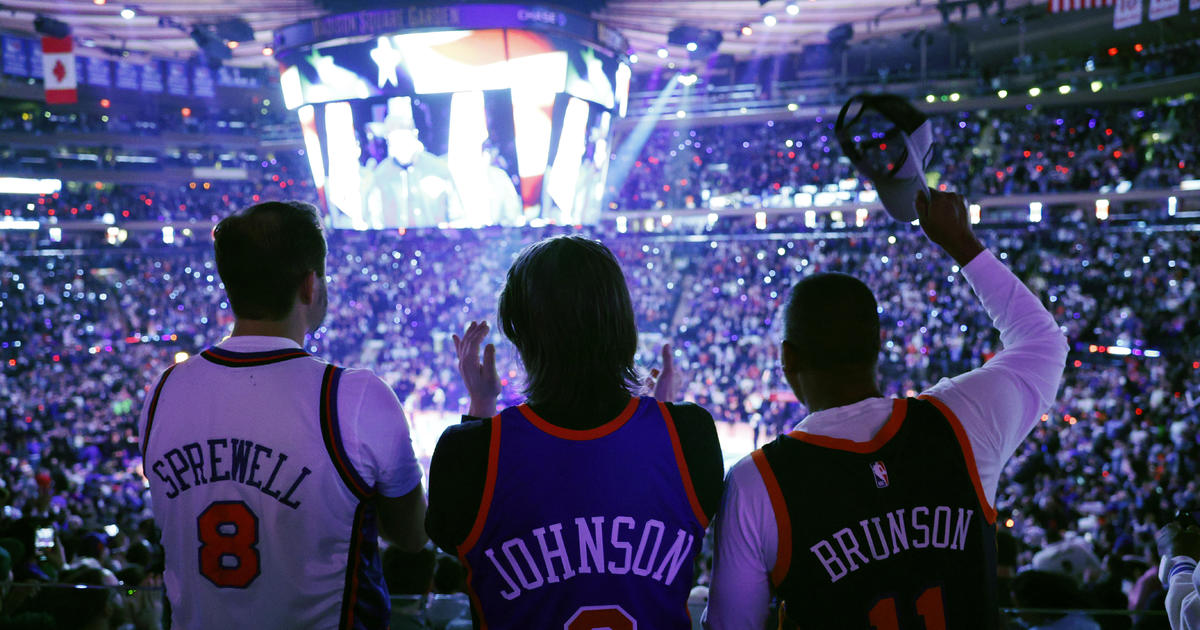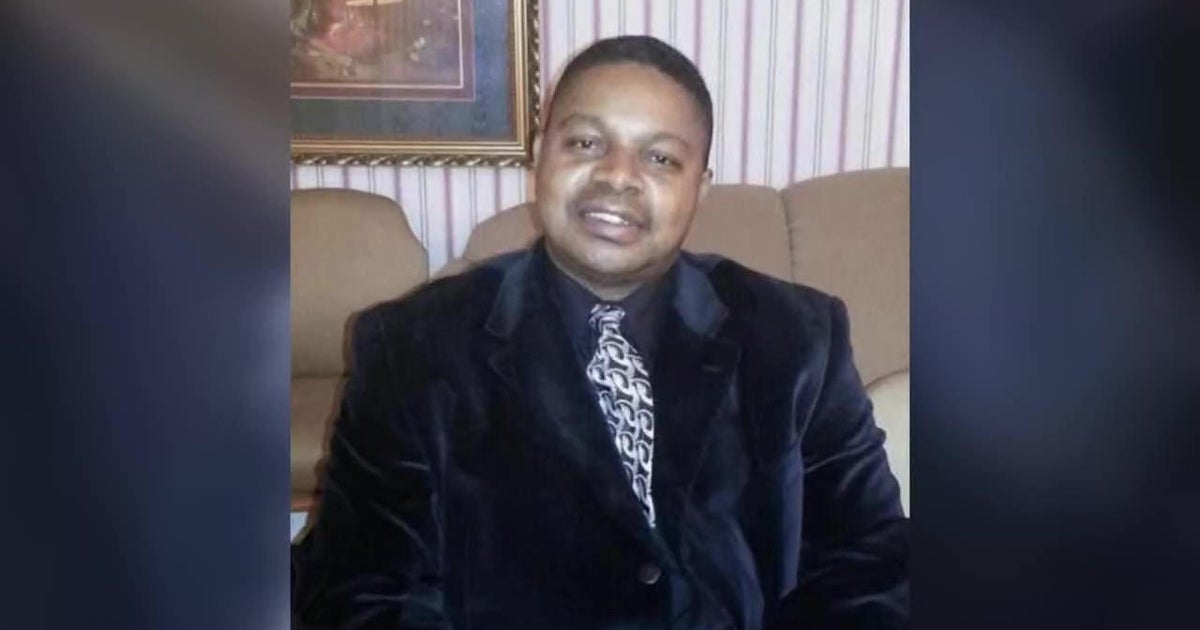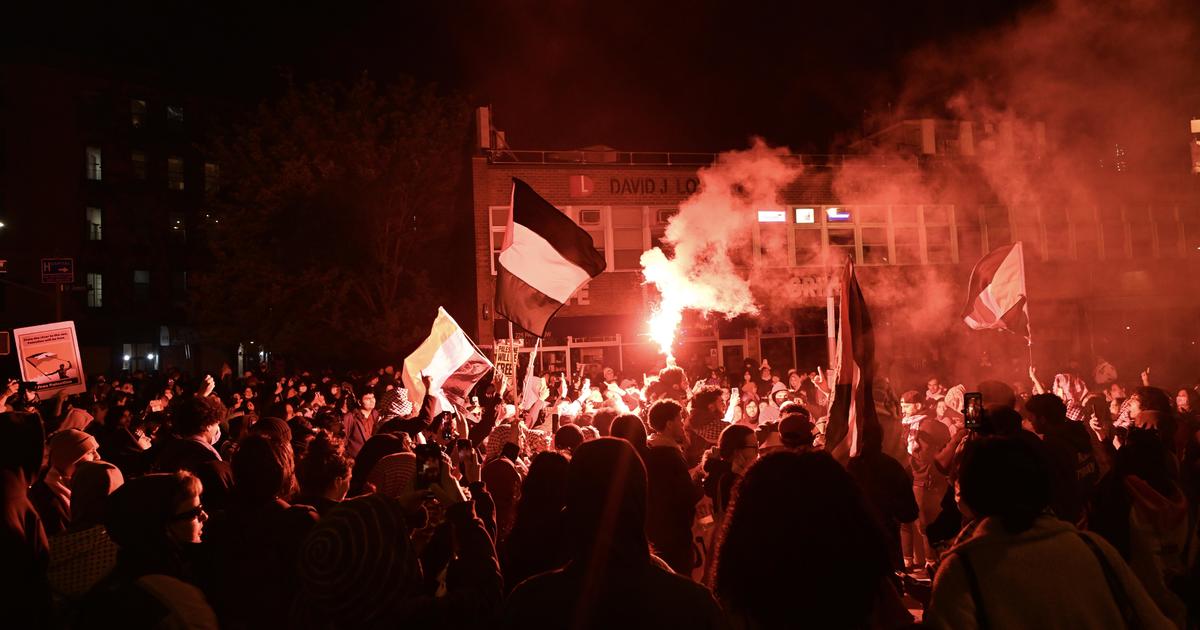Amtrak Running On Schedule A Day After Deadly Derailment; Victims Identified
CHESTER, Pa. (CBSNewYork/AP) -- Amtrak trains on the Northeast Corridor ran on schedule Monday, a day after a train struck heavy equipment on the tracks outside Philadelphia, killing two railroad workers.
In travel alerts on its website, Amtrak advised that commuters may encounter delays on Acela Express, Northeast Regional and other services between Philadelphia and Wilmington, Delaware.
Workers removed the damaged train overnight, but investigators were still on scene Monday trying to figure out why the heavy equipment was on the track in the first place.
PHOTOS: Amtrak Derailment | MORE: CBS Philly Coverage
The train was heading from New York to Savannah, Georgia, at about 8 a.m. Sunday when it hit a piece of equipment that was on the track in Chester, about 15 miles outside of Philadelphia, officials said. The impact derailed the lead engine of the train that was carrying more than 300 passengers and seven crew members.
"It felt like an accident at impact. It was a rough ride. It took a long time to stop and all you could see was a lot of dirt and debris flying past the train," passenger Beth Blakely said.
Chester Fire Commissioner Travis Thomas said two people were killed. An NTSB official confirmed that one was the equipment operator. U.S. Sen. Chuck Schumer (D-New York), said Amtrak board Chairman Anthony Coscia told him the other person killed was a supervisor and both were Amtrak employees.
The victims were identified as Peter John Adamovich, 59, of Lincoln University, Pennsylvania, and Joseph Carter Jr. 61, of Wilmington, Delaware.
Autopsies showed that both died of multiple blunt force injuries, according to the Delaware County, Pennsylvania Medical Examiner's office.
More than 30 passengers were sent to hospitals; their injuries were not considered life-threatening, officials said.
NTSB investigator Ryan Frigo said at a Sunday news conference the locomotive engineer was among those taken to hospitals. He said he did not know why the equipment was on a track the train was using. Scheduling, the track structure and the work being performed at the time of the accident would be part of the investigation, he said.
The event data recorder and forward-facing and inward-facing video from the locomotive were recovered, he said, and the recorder was sent to the NTSB laboratory in Washington. Frigo said it will help determine how fast the train was going at the time of the crash.
Schumer said it's unclear whether the equipment was being used for regular maintenance, which usually is scheduled on Sunday mornings because fewer trains are on the tracks then, or whether it was clearing debris from high winds in the area overnight.
But he said Amtrak has "a 20-step protocol'' for having equipment on the tracks, described by Amtrak as a backhoe, and no trains are supposed to go on a track when equipment is present.
"Clearly this seems very likely to be human error,'' Schumer said, calling for Amtrak to review its processes. "There is virtually no excuse for a backhoe to be on an active track.''
An Amtrak spokeswoman said in an email Sunday to The Associated Press that any information about the type of equipment on the track and why the train was using that track would have to come from the NTSB.
Train expert Dr. Buzz Paaswell told CBS2's Emily Smith that a maintenance scheduling issue or a misunderstanding among construction crews on their written instructions.
"Guys on the sheet might have been directed wrong, or they read it wrong," Dr. Paaswell said.
CBS2 asked local transit agencies what is being doing to prevent something like this from happening on a railroad in the New York area.
"While we have safety measures in place, it would be premature to discuss them in relation to the Amtrak incident," NJ Transit said in a statement.
The MTA said it was an Amtrak issue, and Amtrak did not offer a response.
Paaswell said there should be a sensor system in place to warn that something on is on the track. Similar to what is found in some vehicles.
Based on the weight of the train and its speed it would be complicated, but could be done.
Passengers at Penn Station had a mixed reaction.
"It did concern me, but it didn't stop me from riding the train," one rider said.
The derailment comes almost a year after an Amtrak train originating from Washington, D.C. bound for New York City went off the tracks in Philadelphia. Eight people were killed and more than 200 were injured in the May 12 crash.
The exact cause of that derailment is still under investigation, but authorities have said the train had been traveling twice the speed limit.
Still, Dr. Paaswell said trains remain a smart way to travel.
"Trains are safe. This is a rare occurrence. That's why it's on the news," he said.
Paaswell said the train may have been on the wrong tracks, or the backhoe could have been in the wrong place.
Despite recent derailments the Federal Railroad Administration said Amtrak ridership is up almost 50 percent since 2000.
(TM and © Copyright 2016 CBS Radio Inc. and its relevant subsidiaries. CBS RADIO and EYE Logo TM and Copyright 2016 CBS Broadcasting Inc. Used under license. All Rights Reserved. This material may not be published, broadcast, rewritten, or redistributed. The Associated Press contributed to this report.)



